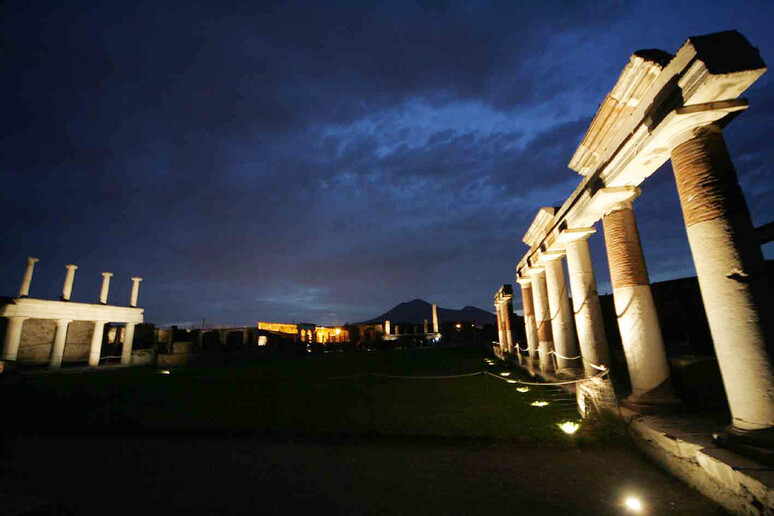For centuries, the remains of an adult
wearing a gold bracelet found buried in the ancient Roman city
of Pompeii following a volcanic eruption in 79 AD were believed
to belong to a mother who had died while trying to shield her
child.
Now a study carried out thanks to ancient DNA collected for the
first time from bits of human bones has revealed that the adult
was actually a man who was unrelated to the child he was trying
to protect.
This is just one of the many stories rewritten thanks to the
study led by Harvard University, with the participation of the
University of Florence, which has been published by the journal
Current Biology.
The genetic data collected by scientists comes from bone
fragments recovered through plaster casts of people who died in
the eruption.
Their findings challenge old assumptions about the victims'
identities, ancestry and family relationships, originally made
starting from the mid-1700s, when archaeological research began
in the city.
David Caramelli, an anthropologist from the University of
Florence who co-authored the study led by David Reich, said the
team examined 14 plaster casts but found "readable and usable
DNA only in seven of them".
Caramelli said that, in addition to the man with the gold
bracelet shielding the child, scientists also discovered that
another couple of victims originally believed to be sisters or a
mother and daughter were in fact "two unrelated men".
Another individual "found in the so-called Villa of the
Mysteries did not have local ancestors".
In fact, the individuals examined were descendants of people who
had recenelt immigrated from the eastern Mediterranean,
highlighting the cosmopolitan nature of the Roman empire.
"This study shows the importance of integrating genetic data
with archaeological information to avoid erroneous
interpretations - otherwise stories tend to reflect the vision
of the world of researchers rather than reality", stressed
Caramelli.
ALL RIGHTS RESERVED © Copyright ANSA











